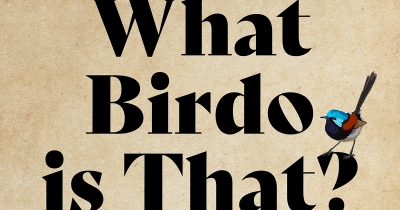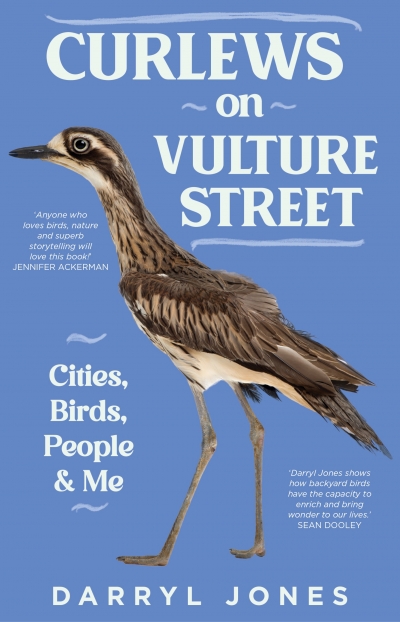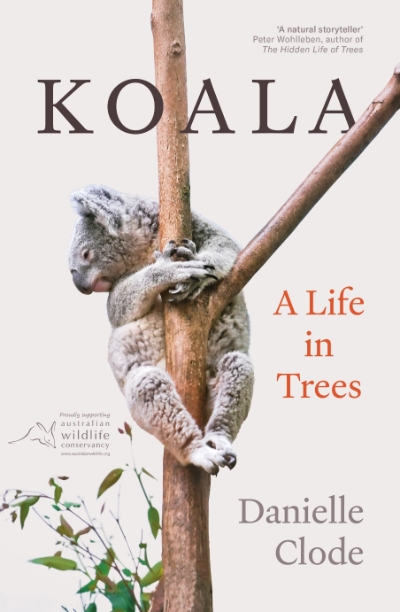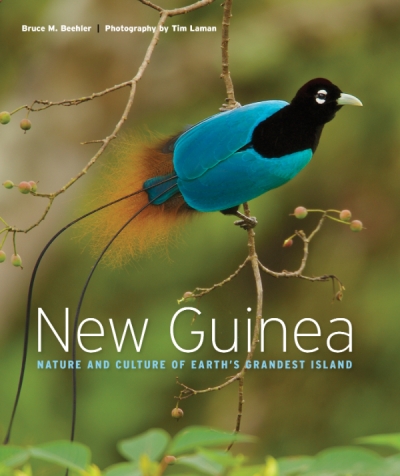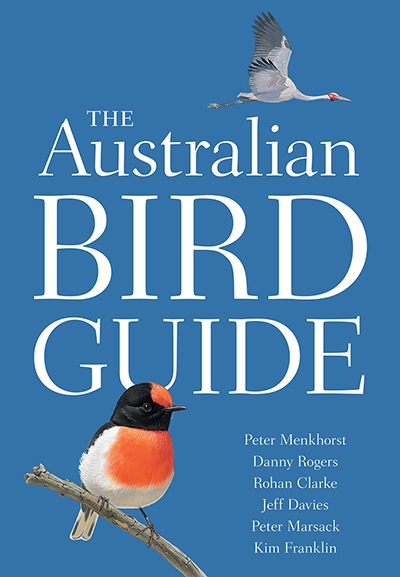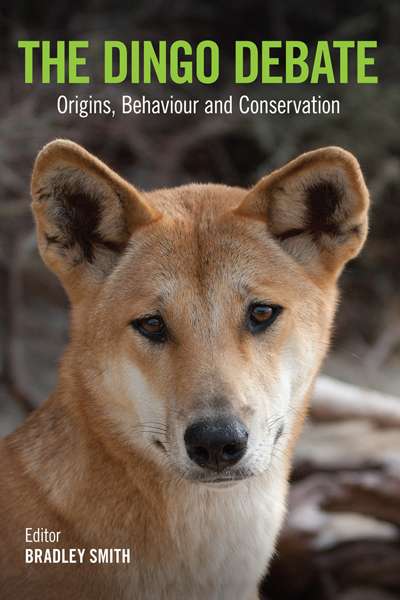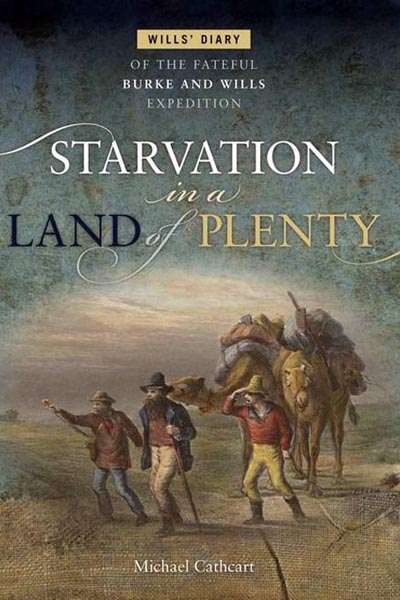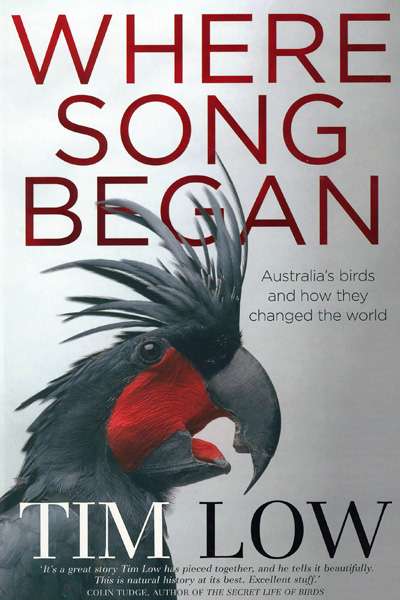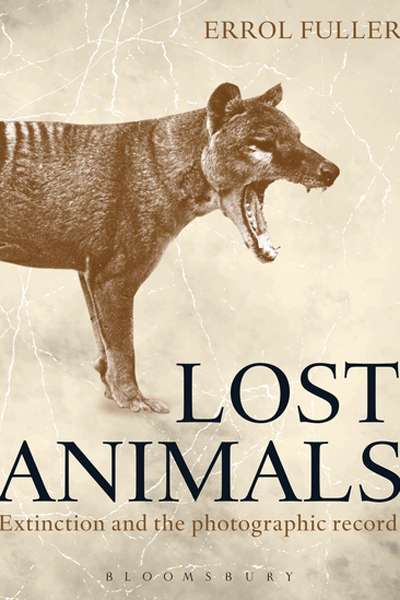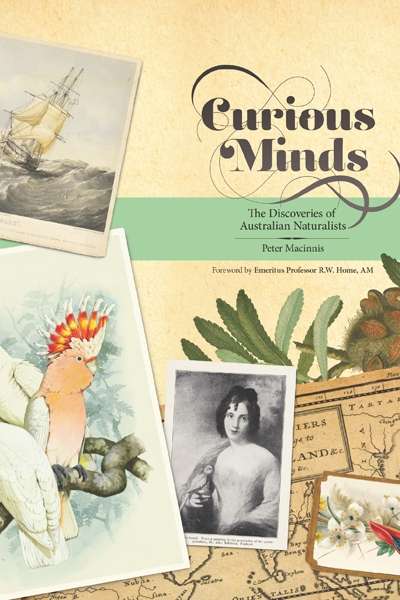Peter Menkhorst
What Birdo is That?: A field guide to bird people by Libby Robin
by Peter Menkhorst •
Curlews on Vulture Street: Cities, birds, people and me by Darryl Jones
by Peter Menkhorst •
New Guinea: Nature and culture of Earth’s grandest island by Bruce M. Beehler, photography by Tim Laman
by Peter Menkhorst •
The Australian Bird Guide edited by Peter Menkhorst, Danny Rogers, Rohan Clarke, Jeff Davies, Peter Marsack, and Kim Franklin
by Richard Noske •
The Dingo Debate: Origins, Behaviour and conservation edited by Bradley Smith
by Peter Menkhorst •
Starvation in a Land of Plenty: Wills’ diary of the fateful Burke and Wills expedition by Michael Cathcart
by Peter Menkhorst •
Lost Animals: Extinction and the Photographic Record by Errol Fuller
by Peter Menkhorst •

